Once a year, often on a day determined by religion and tradition, the community of the living commemorates the community of the dead—All Souls Day, for example, or Dia de los Muertos. In considering the interwoven relationship of death and birth, Christine Gruwez asks: might these festivals become not just isolated moments of remembrance but reminders of continued presence and reciprocity, to be celebrated throughout the year?
What Does Commemoration Mean?
Every person remembers those among the deceased who are still close to them, the loved ones they carry within them, and others who have already moved some distance away because their death was further in the past—we catch up with them again in remembrance, we bring them to mind. Sometimes, the deceased have moved so far away that a whole new kind of closeness emerges—a separation that Rainer Maria Rilke described as a “boundlessness of night”:
Like two stars, let us say farewell then
Rainer Maria Rilke, Poems, Paris, Early Summer 1925
Divided by the boundlessness of night
A closeness that is tested by remoteness
Seeing itself in what is far away.
Rituals are celebrated, old familiar ones or newly invented ones, with others or just by ourselves. A ceremony in a communal place, in a church space—or something very private in the intimacy of the home. For is it not the hallmark of the living that they have a home?
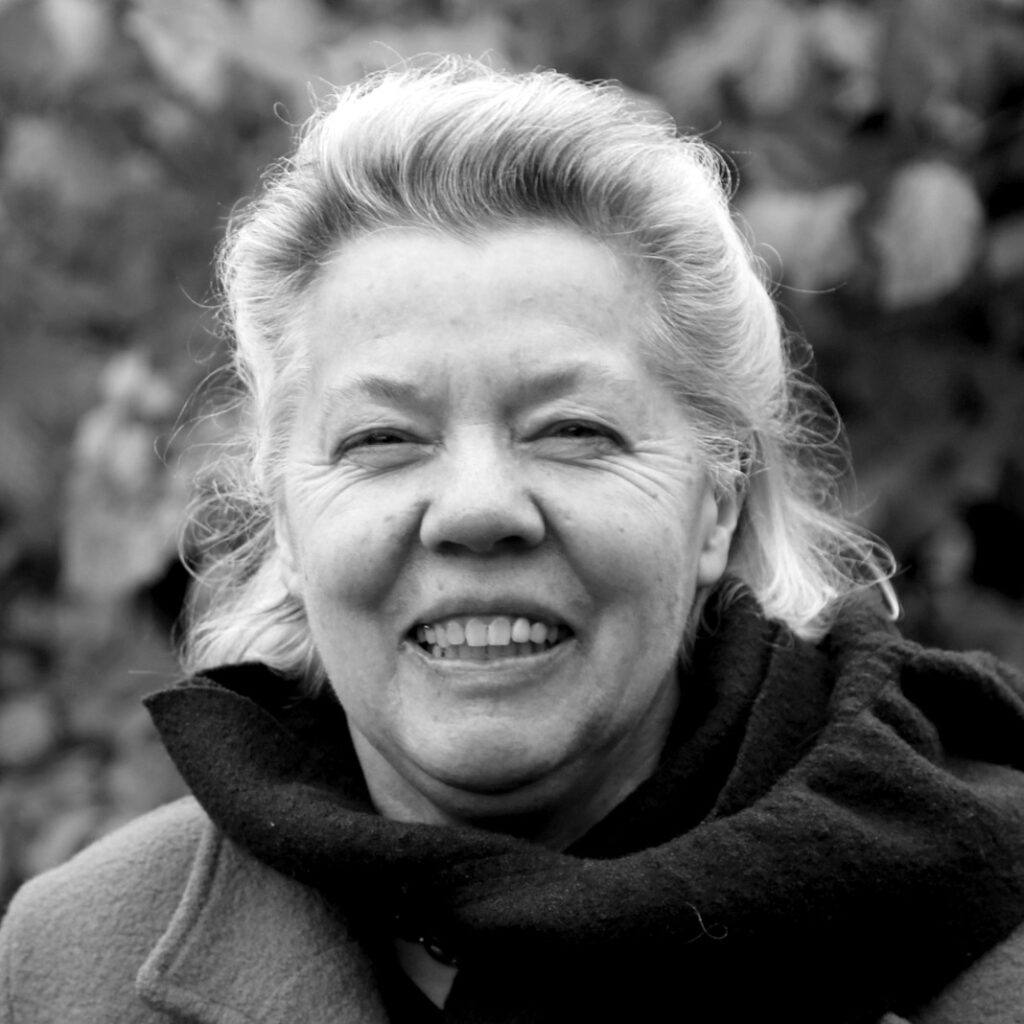
At the cemetery, where we are together with many other people on this day and yet alone, the grave is prepared for winter. Candles and flowers are part of it, but so is a bitter wind that can only blow in a cemetery. New pictures appear, witnesses to a person who was here, and once again adorn the gravestone or the memorial site. Memories blossom. Sadness and cheer go hand in hand. Often, when it is already beginning to grow dark, a person may walk a little way under a dull, low-hanging cloudy sky towards the horizon, where the last glimmer of red is still lit up. A sun that won’t set?
All living things have a beginning, and from that moment onwards, they move towards their end. Dying begins before birth. The flower strives towards the seeds. Becoming and de-becoming are mutually dependent; what will come into being already contains what has come into being. Entry and exit are like crossing two thresholds, like two doors, and between them is the breathing of the waves, ebb and flow, a short section in the flood of time, a human life.
Nobody knows this as clearly and precisely as children: the four-year-old grandson who asked me a long time ago, “And do you already know when you’re going to die?” only to go right on playing. Or the little boy who, as soon as his grandfather opened the door to him, says cheerfully: “Well, haven’t you died yet, Grandad?”
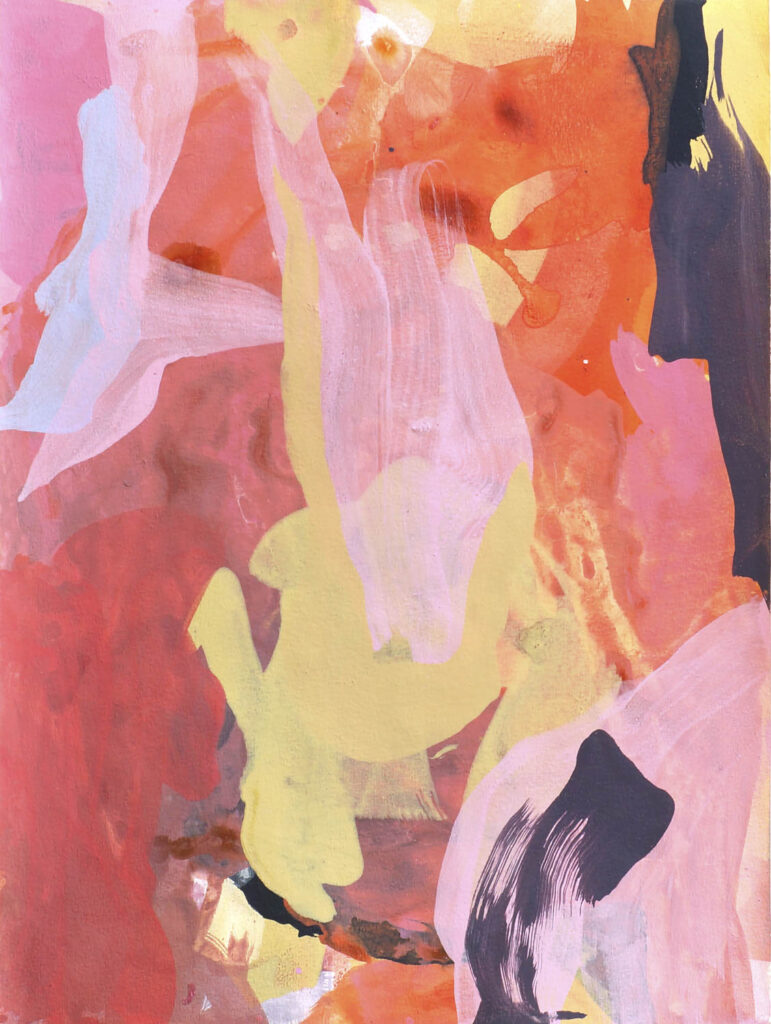
Two Thresholds
Birth and death are the two panels of our life, similar to the side panels of an iconostasis, where Gabriel and Michael are depicted, standing over the two doors as guardians of the two thresholds. Each guards his own door: Michael the door of dying, Gabriel the door of being born, and yet each also carries the other door in his being. Because whoever comes in through the one door goes out through the other. Together, they watch over our lives. Every life, be it short or long, is a moving, nascent and passing form in time. Death and birth are the two sides of a whole that we will one day see face to face. But here, between Michael and Gabriel, we are left with the royal portal, which we can look at from this side, even if it remains inaccessible. What happens behind it, in the hereafter as a transformation, eludes our gaze. Behind it, death signifies life, and life signifies death.
We take part in the holy meal. A meal in which those in the hereafter, the deceased, can also partake and which, in many cultures, is also a moment of solemn ritual, especially on the day of commemoration of the dead. A meal is indeed celebrated together with the deceased. The boundary is removed! This world and the hereafter meet where bread is shared, and the gravestone is raised for a moment to be an altar.
TS Eliot, in a deeply memorable poem, “The Journey of the Magi”, has one of the three wise men wondering, in looking back, what they saw once in Bethlehem? What did they encounter at the end of their journey when, after countless hardships, they finally arrived below the snow line in a green valley with a flowing stream?
This: were we led all that way for
T. S. Eliot, Ariel Poems, 1927
Birth or Death? There was a Birth, certainly
We had evidence and no doubt. I had seen birth and death,
But had thought they were different; this Birth was
Hard and bitter agony for us, like Death, our death.
“For only that which abides initiates us”1
Both birth and death mean parting. We never stop saying goodbye.
What is different is the door through which we pass. Sometimes, as we walk through, we pause for a moment; sometimes, we take a look at what has already turned into the unreachable behind us; sometimes, we have already said goodbye long before we reach the door and walk past it.
There is an ancient Attic funerary stele from the fourth century BC, which bears the name “Great Farewell”. On an upright memorial stone, there is a half-relief depicting a standing figure bidding farewell to a seated one. Often, there are only these two; often, several figures have gathered around the seated figures. It is their nearest and dearest, the living, who bid farewell to each other with the greatest dignity and serenity, in deep silence.
On the stele of the great farewell, a woman bids farewell to a young man sitting on a chair as if on a throne, and while she grasps him by the right wrist, she turns his face up to her with her [other] hand in a gesture of infinite gentleness. Their eyes meet. Behind him stands a boy with a hand in the gesture of contemplation. Dexiosis, “to give someone the right hand,” is the name of the classical Greek scene in which the living person reaches out to the deceased, although in this stele only the right hand of the deceased is involved. Instead, the woman looks at him with a never-ending, serene tenderness. Both linger in the gaze of the other.
Dying was a kind of initiation for the Greek soul at that time. In the last conversation between Socrates and his friends, a conversation in which they linger, this climax is being prepared. Socrates initiates his friends into the immortality of the soul and is then initiated himself in death. In other words, he initiates himself—it’s an initiation he performed himself.
That this is about an initiation is clear from the fact that Socrates had pulled his cloak over his head, similar to the way the “myste“, the mystery pupil, covers their head at the moment of initiation. Only once, after drinking the poison, does Socrates throw back the cloak that covers his head (“enkalypsamenos“) for a brief moment. “I still owe Asclepius a rooster; don’t forget to sacrifice it,” are his last words to Crito. Sacrificing to Asclepius was a well-known custom when a person was cured of an illness. (Plato, Phaedo, 118a)

Tonalities of Farewell
The bigger farewells, which divide life into a before and an after, are accompanied by the smaller ones in their variety of tonalities. The many everyday contexts in which we say goodbye continue to astonish. Because we not only bid farewell to those who are close to us, we also say goodbye to hopeful expectations, to what we have acquired, to sacred convictions, to our trust and firm security.
But is it correct to talk about smaller and bigger farewells? Isn’t every farewell “big”? Countless people have said farewell this past year—both living and dead. Countless people have left their homes, the mark of a living person, behind. The circumstances left them no choice. Some have closed the door behind them and set off on paths never travelled before, where there was no before, no after. Some left the door open so that until the very last moment, they were able to take one last look inside the house. Others went on their way without a single glance at their dwelling, because it and the door no longer existed. Some took the key with them in the hope that it would open other doors. Both, hope and key, are rusted. Although some still have a door, others hold the key. Some have taken a handful of soil with them; they call it home soil. They walked away without turning round, without even breathing in the scent of the recently planted apple tree just one more time.
Countless people have left their lives behind, their lived and unlived lives. The unlived life weighs most heavily. They left in silence, not leaving a trace, bitterness growing around them. Many, if not all, have turned their backs on what was dear to them. What remains to them has shrunk into a single, almost weightless picture: a pile of comforting earth, a shore and its unreachable proximity, the fleeting shadows on a mountain peak, birds passing high above a city, voices and conversation as they fall asleep, the noise of dishes in a distant kitchen.
Returning Home to the Essence
Farewell—that incredibly grave moment of departure, when the ship turns away from the quay and the sails, filling with wind, unfurl in one go. Off, off goes the ship, and there is no turning back.
Max Beckmann called his triptych “Departure” (1932-1935). He painted it as the first in a whole series when he himself was facing a “departure” in 1930s Germany.
The two side panels depict scenes of torture, with figures being tormented and martyred in a revolting manner. In the middle section, we see a departure. In the foreground is a small ship on which two mythological-looking figures are standing with their backs to the viewer. One is holding a fish in their hand; one is wearing a royal crown, and both are looking in the direction in which the ship is turning. The wide sky and the horizon of the sea soon unfold before them. They no longer turn around.
A single figure looks towards the viewer, the young woman with the child, whom she presses almost violently to herself. She holds the child so that it is facing the sea, but she looks back at the receding shore. She looks at those who remain behind on the shore. She looks at us.
In the third of the four “Serious Songs”, Johannes Brahms used the words of a biblical passage to translate this turning around into a song:
So I returned, and considered all the oppressions that are done under the sun: and behold the tears of such as were oppressed, and they had no comforter; and on the side of their oppressors there was power; but they had no comforter.
Ecclesiastes 4:1, King James Version
The woman looks at the figures slowly fading from view and only now sees what had remained hidden until the moment of departure. In parting, the potential in the essence of what has been fashioned is released again. The potential in both those who are departing and those who are staying behind and what connects them. Now she knows what it means to love and to be comforted. In the child that she carries towards the horizon, the potential of the essence is renewed. It becomes a proclamation of love.
“Departure, yes, departure from the deceptive illusion of life to the essential things behind the appearances. Ultimately, however, this applies to all my pictures. The only thing to note is that ‘The Departure’ is not a tendentious piece and can probably be applied to all times.” This is how Beckmann puts it in his correspondence with art dealer Curt Valentin in his letter of February 11, 1938.
Beckmann told Lilly von Schnitzler in this respect how the journey which goes to the “essential things in themselves” is associated with the gain in freedom and, at the same time, represents a homecoming.
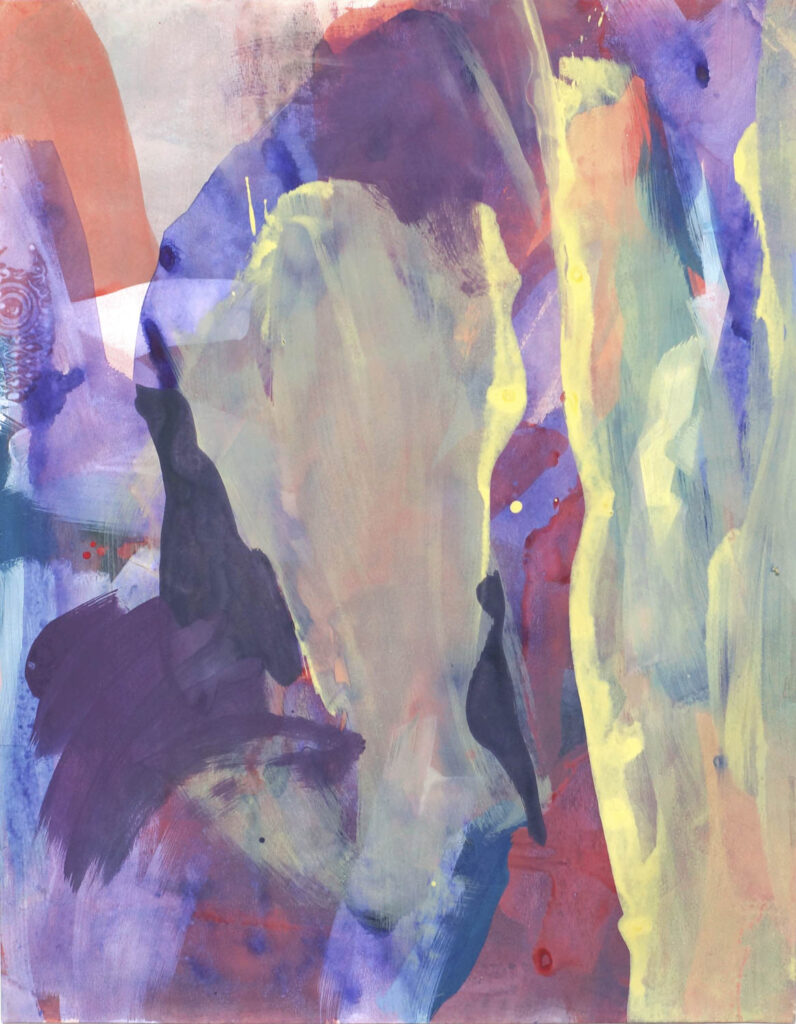
Commemoration and Celebration
What is “commemorated” on All Souls’ Day? Do the living think of the deceased? Would it be conceivable to reverse this for once and to turn around? Why do we “commemorate”? Doesn’t “commemoration” refer to that which once was and is no longer there? Hence, there are the many mementos, like congealed signs of what once was, that guide and support such commemoration. As if they, the deceased, were not always here!
Wholly in the spirit of Rudolf Steiner, Arie Boogert writes how we “as the living are always present for the deceased. And yet we pass them by in everyday life because we forget that their world encompasses ours and that our world is entirely a part of theirs.” 2
What would it be like if it were a single interwoven community, with the deceased and the living commemorating each other? A community of what it means to be “human” in this world and in the hereafter? If those “over there” who see what our eyes do not see in this world, would lend us “their eyes”? While we, who are here, experience that which is no longer accessible to them in the hereafter and let them have our experience?
How do we commemorate this entanglement—an entanglement that consists of the presence on both sides of that which is constantly arising and being recreated anew in all its diversity? How do you celebrate the presence of the other person? Their becoming present, how they approach us gently and quietly, so that we turn around? There is only one answer: by becoming more and more present myself. Awake and cheerful. Contrary to any form of melancholy. Being here, becoming present, therefore, means “celebrating”. Awakening is joy. This is exactly what was accomplished in an initiation. Today’s dialogue between the deceased and the living is about initiation into spiritual presence. The common thing, the spirit and its coming into presence, is tested each time, much like a distance that can become a closeness. A convergence of birth and death, as experienced in an initiation. Is it not birth and death that recognise each other in commemoration?
Is it related to what we call gratitude? We foster gratitude towards the deceased almost as a matter of course. But gratitude for what? Gratitude and commemoration are related to each other, as Heidegger explained. But the many reasons for which we can be grateful to the deceased can be summarised in a single one: we thank the deceased for their coming into presence, for the presence of their being in us. And we can only thank them by becoming present in our being ourselves.
Translation Christian von Arnim
Images Miriam Wahl, Was Goldmarie sich hinter die Ohren schrieb [What Goldmarie wrote behind her ears], gouache and acrylic on paper, 2023

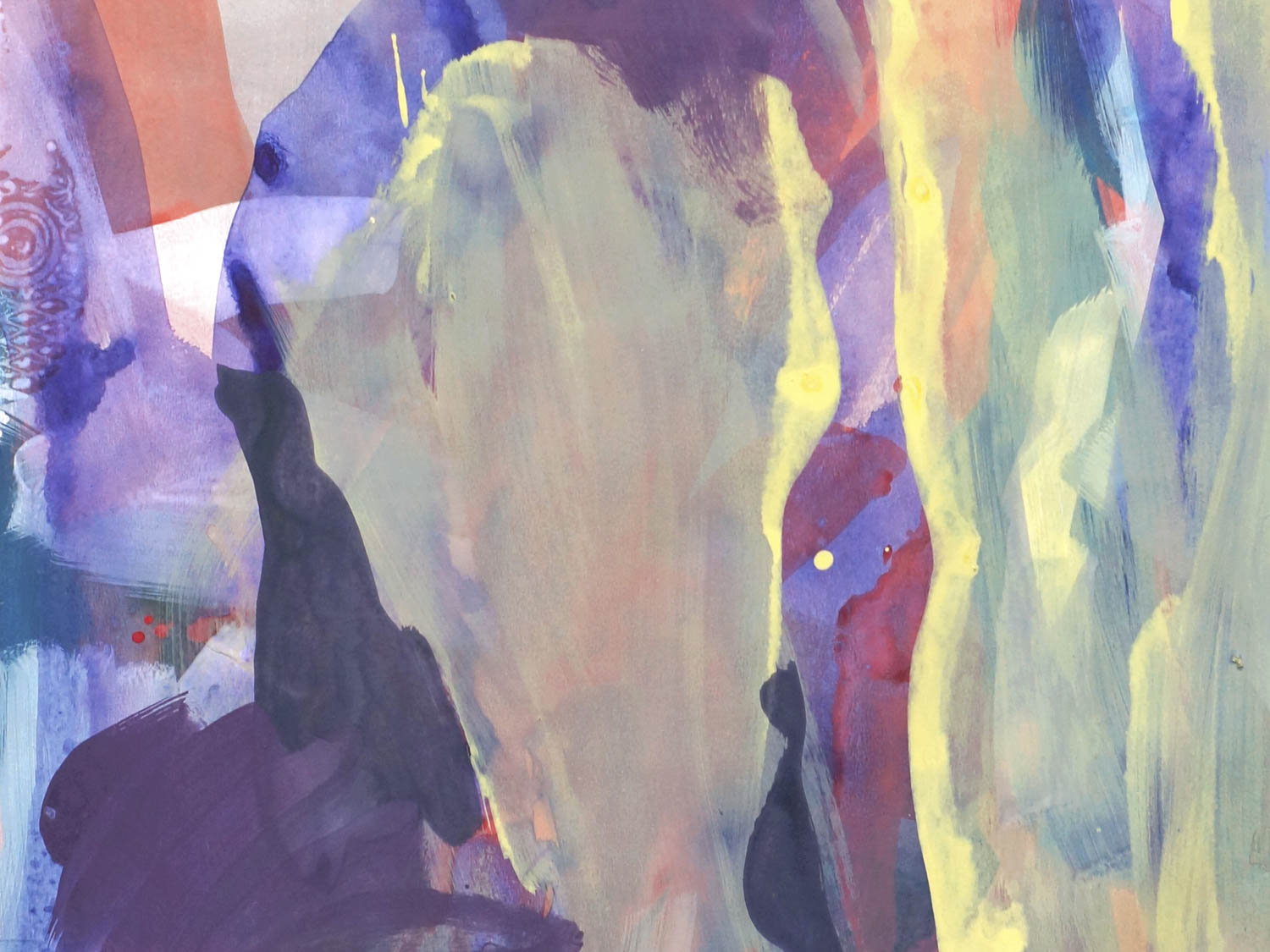


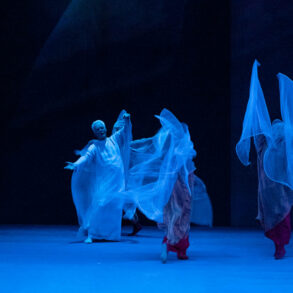





There are some good ideas here. But when Ben Aharon talks about the “pseudo human” he should explore the aspects of what is called “transhumanism”. One aspect of this is the bio tech industry and their latest great hope, the mRNA covid vaccines. These vaccines supposedly slip into the nucleaus of one’s cells and “re program” your cell to make spike proteins. The widespread use of in vitro fertilization and the possiblity to gene edit the fetuses is another example of transhumanism. Or the brain to computer interface that Elon Musk’s Neurolink company ( among others) is working on. Its time to stop being so blandly well intentioned and speaking in polite generalities. As the author says, we are in Apocalpytic times, Name the faces of evil. Get specific.